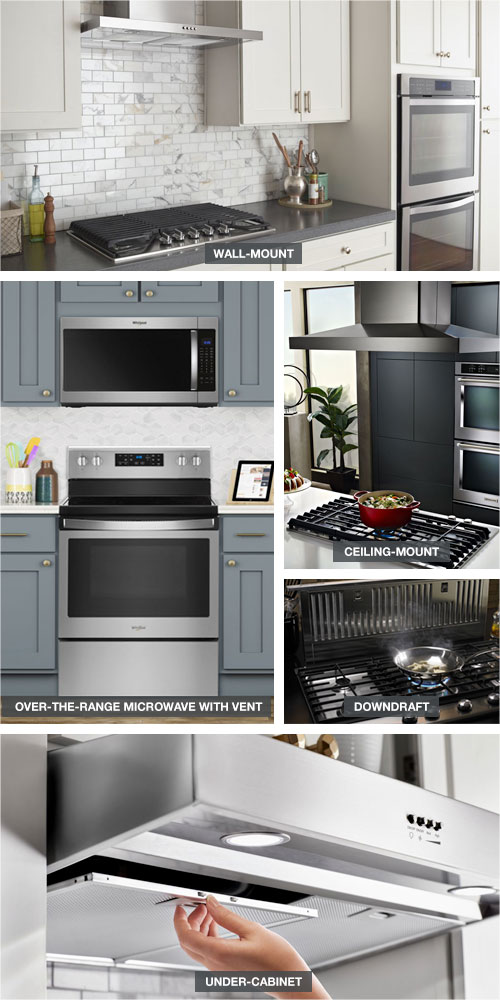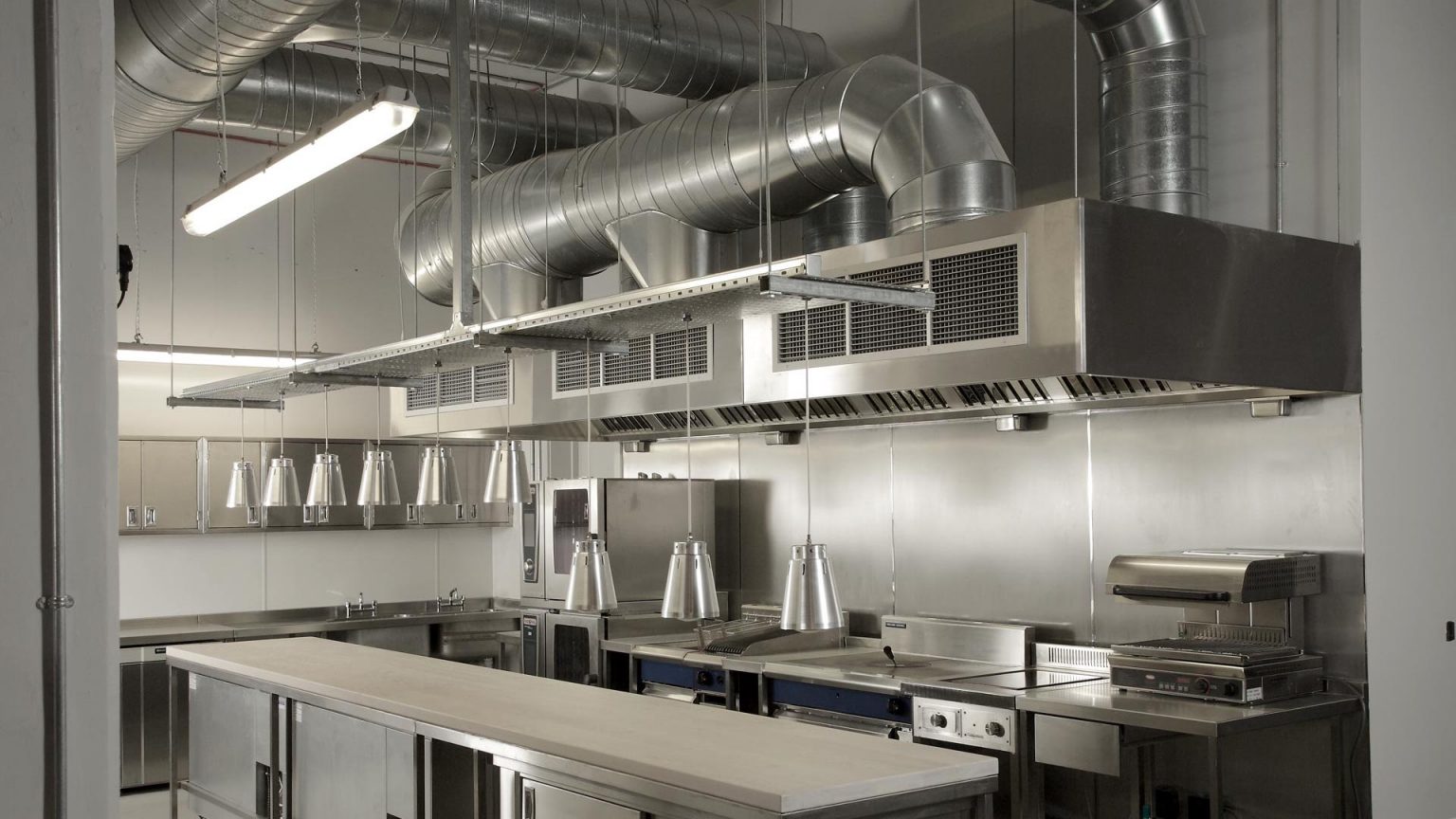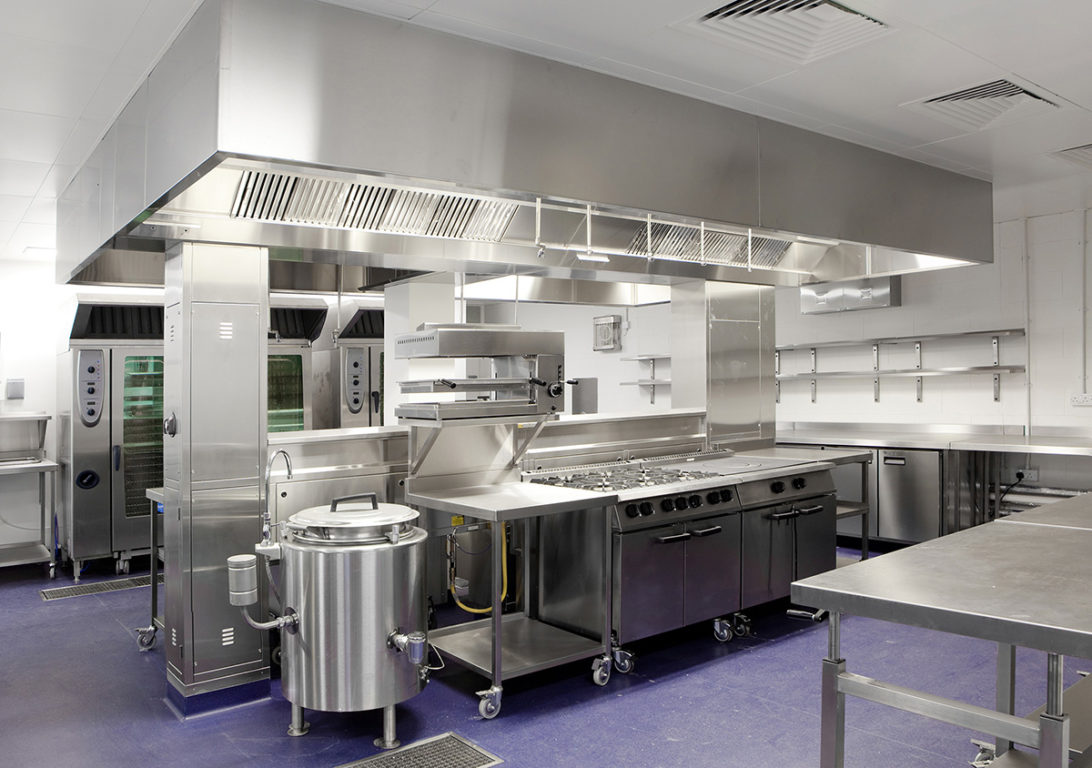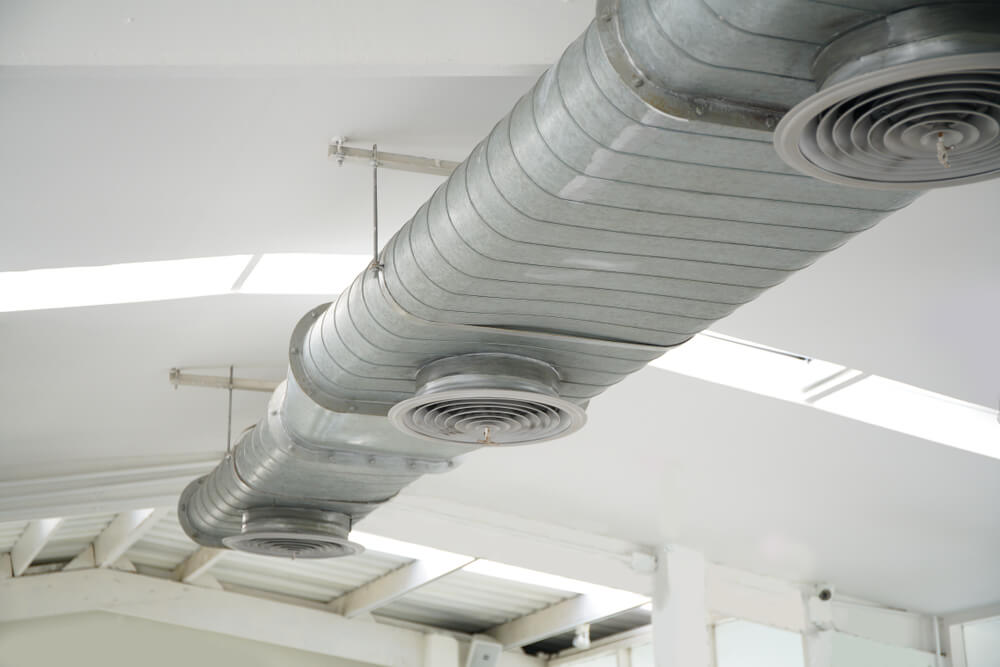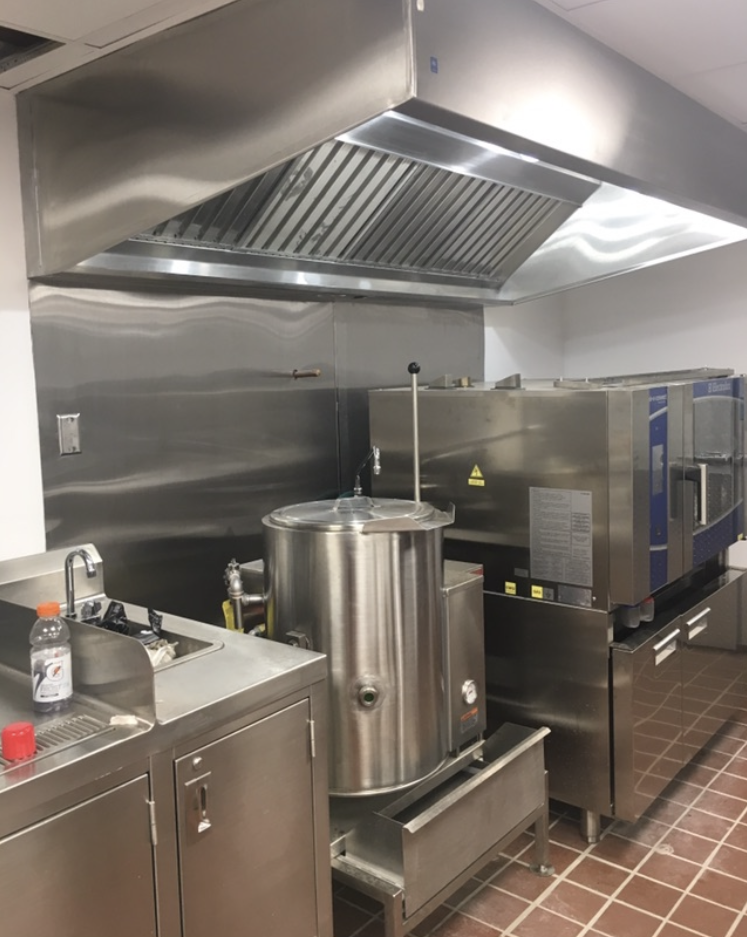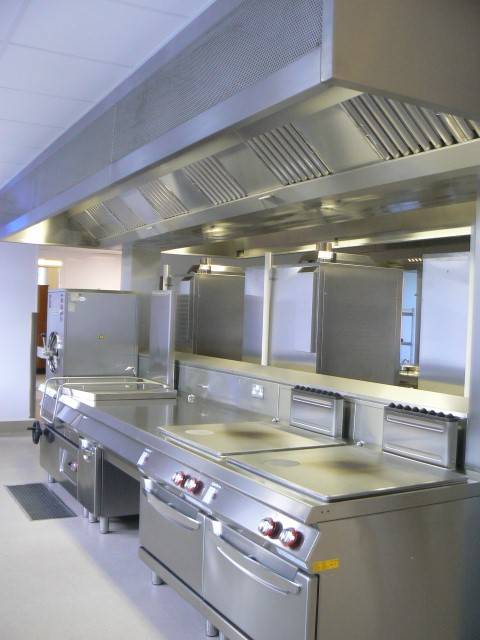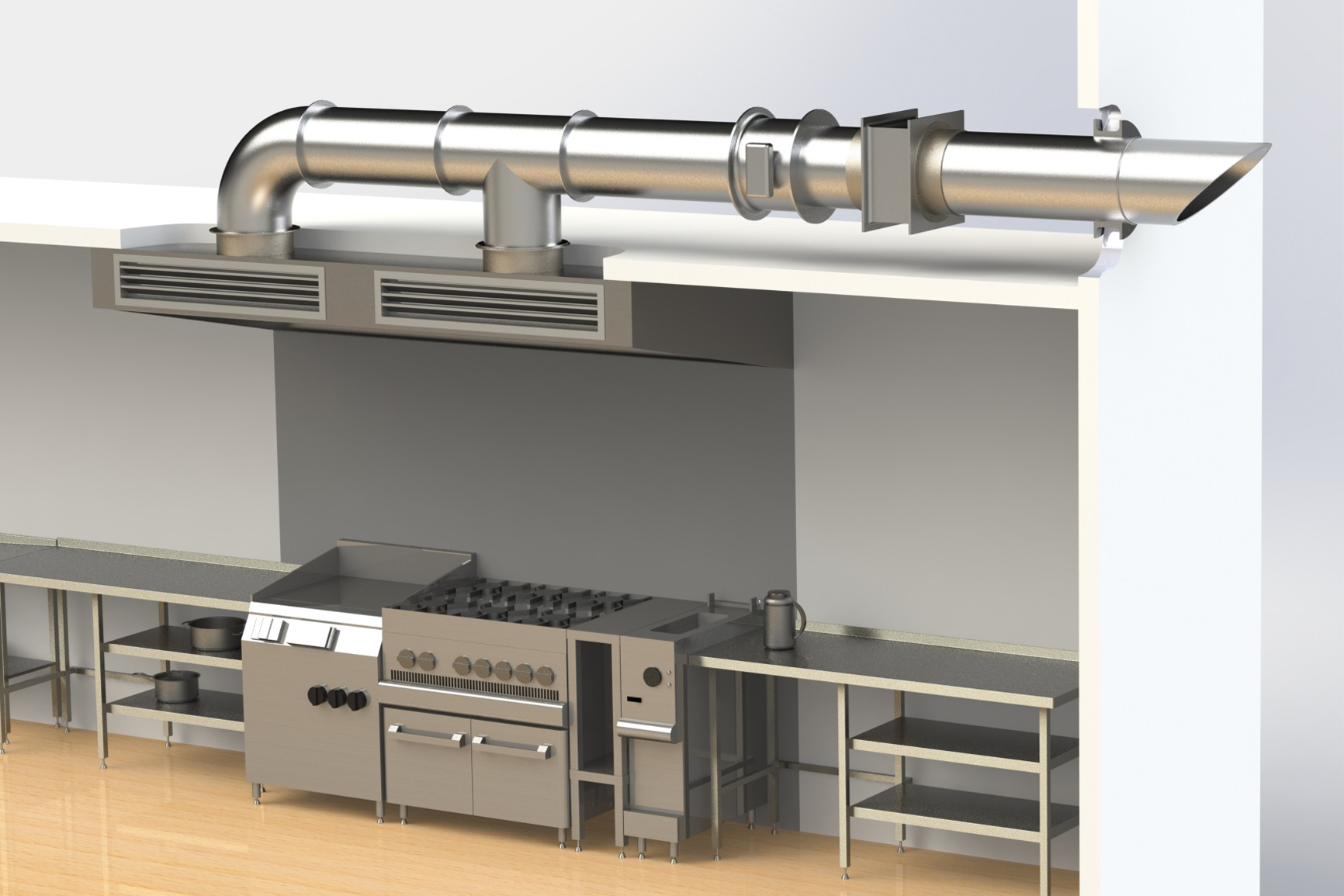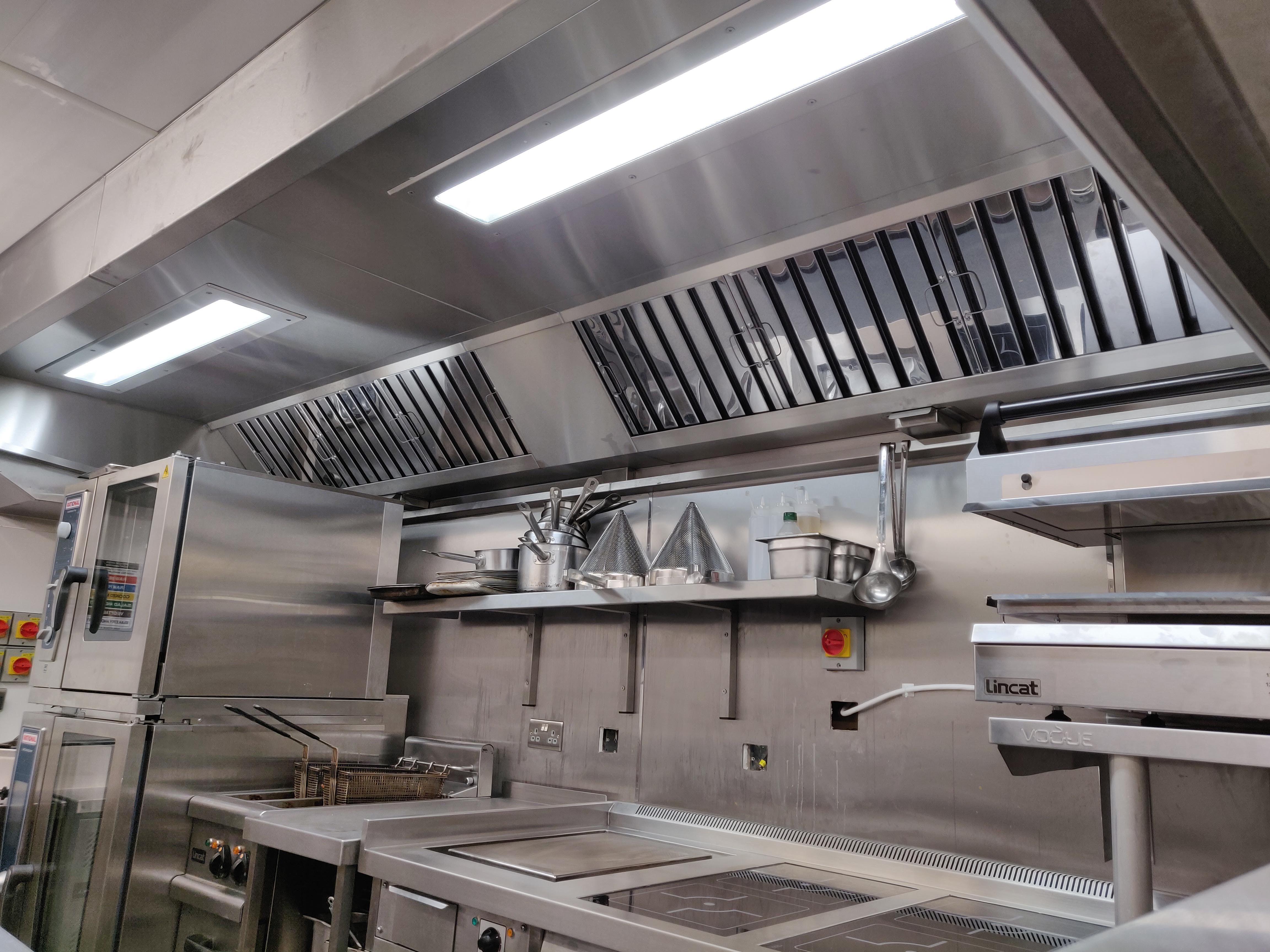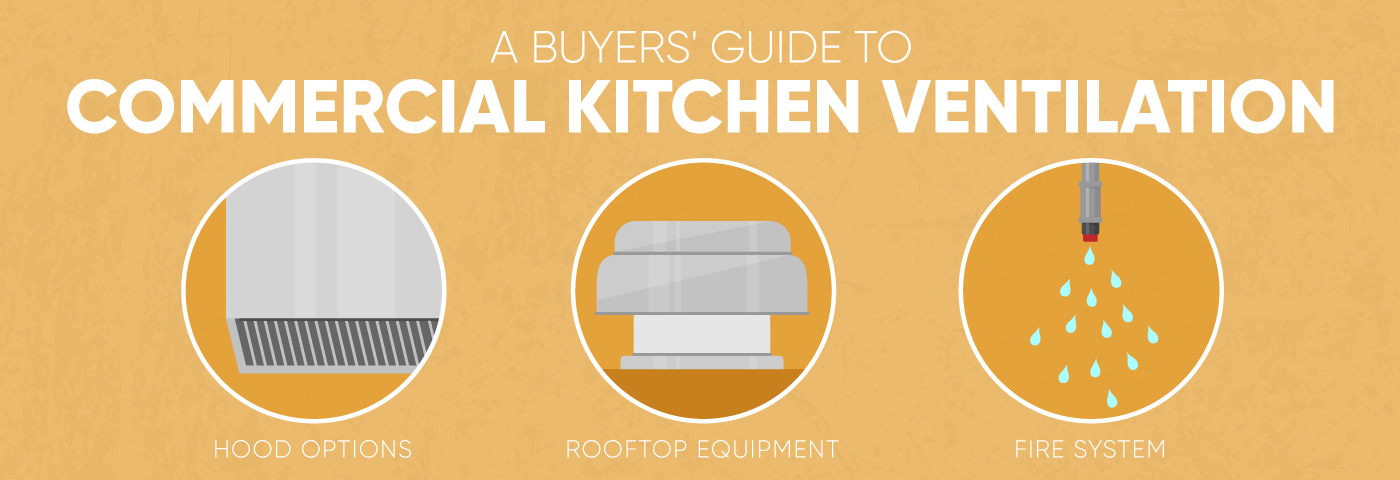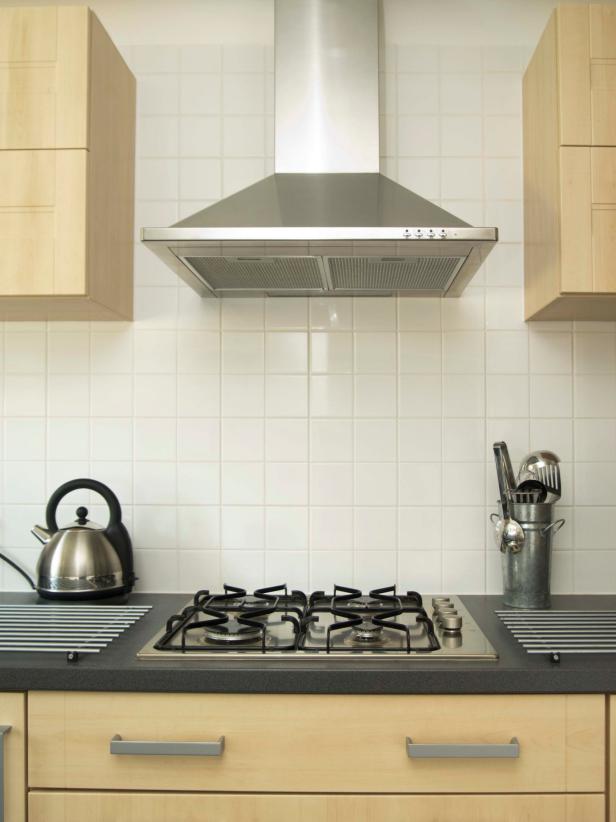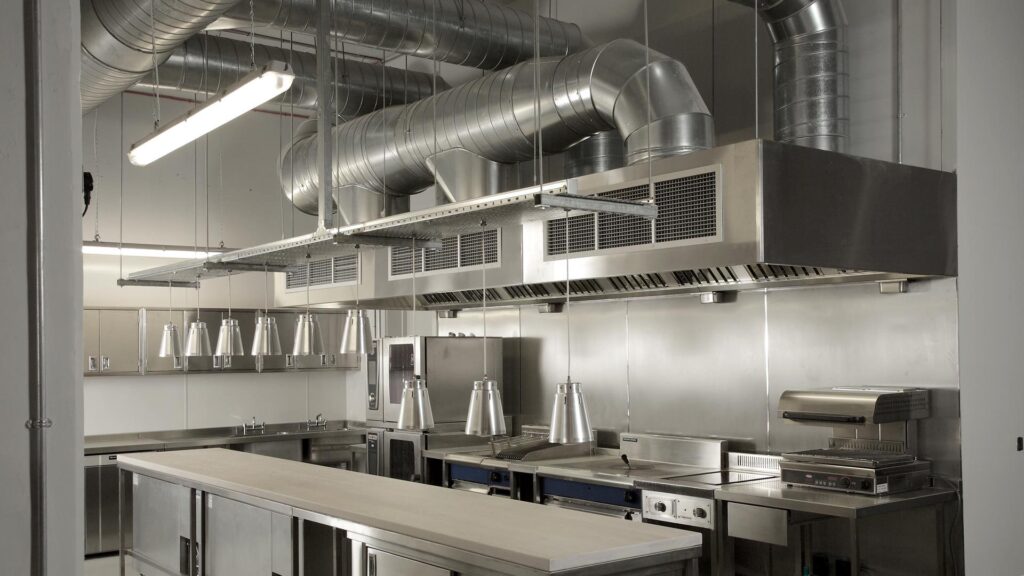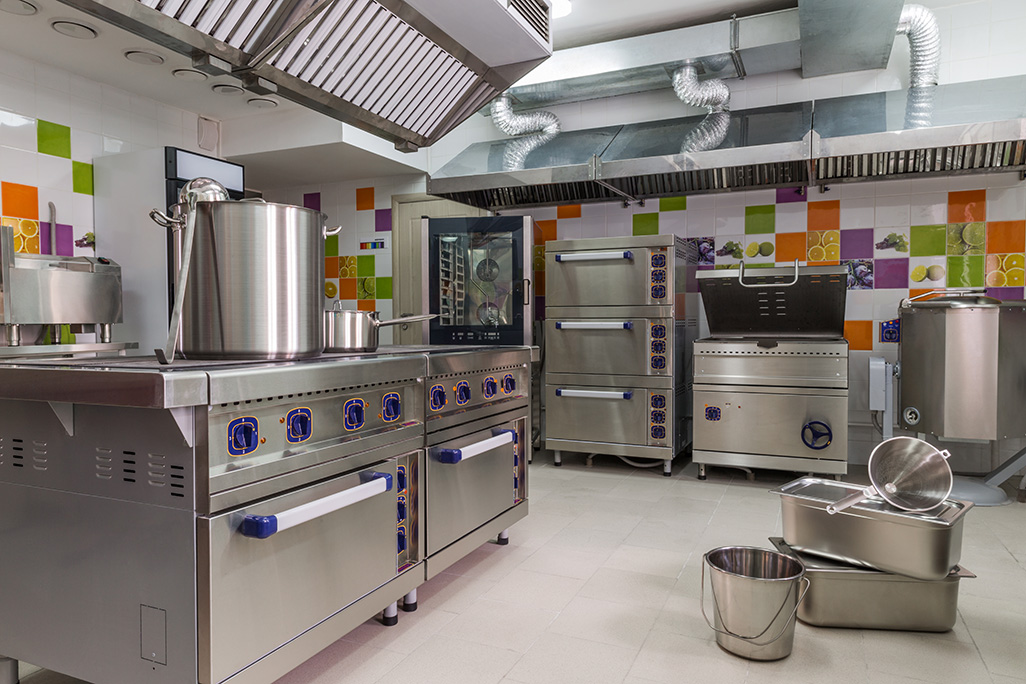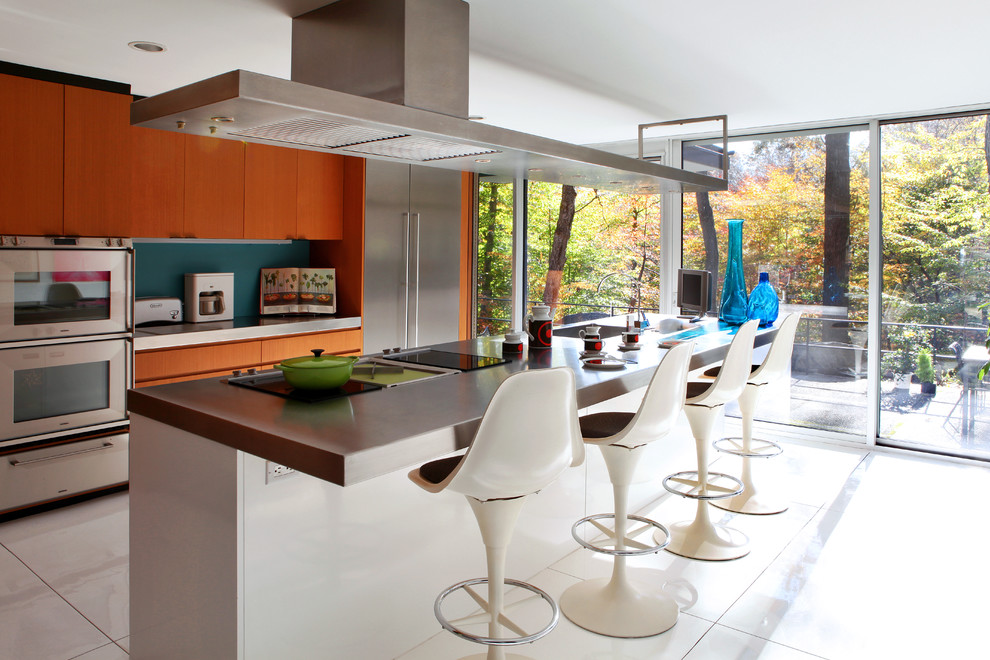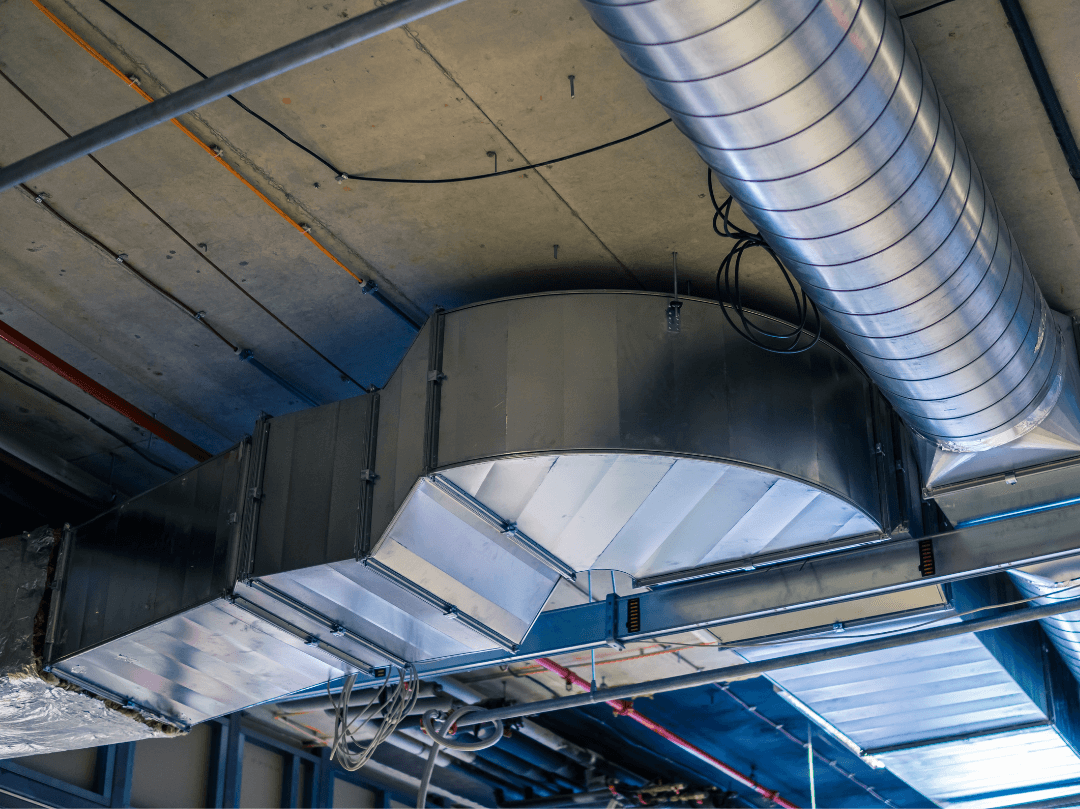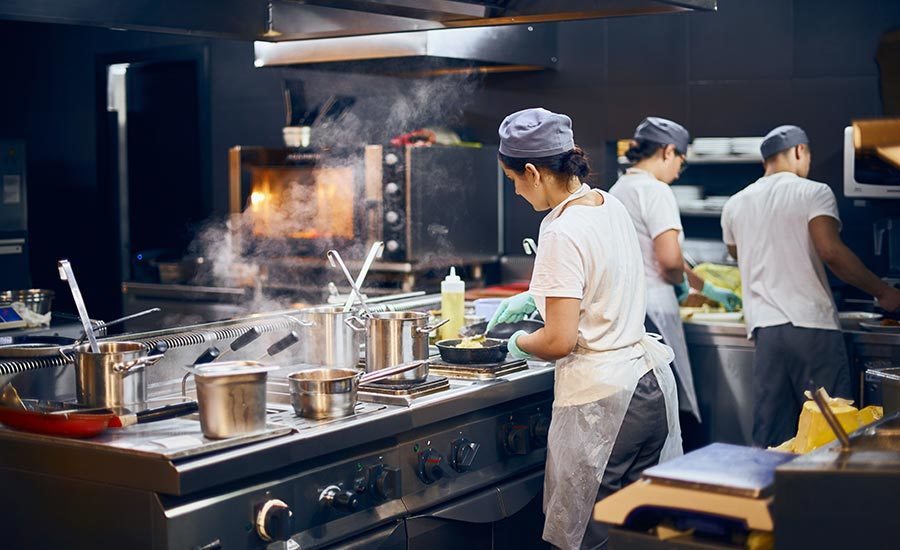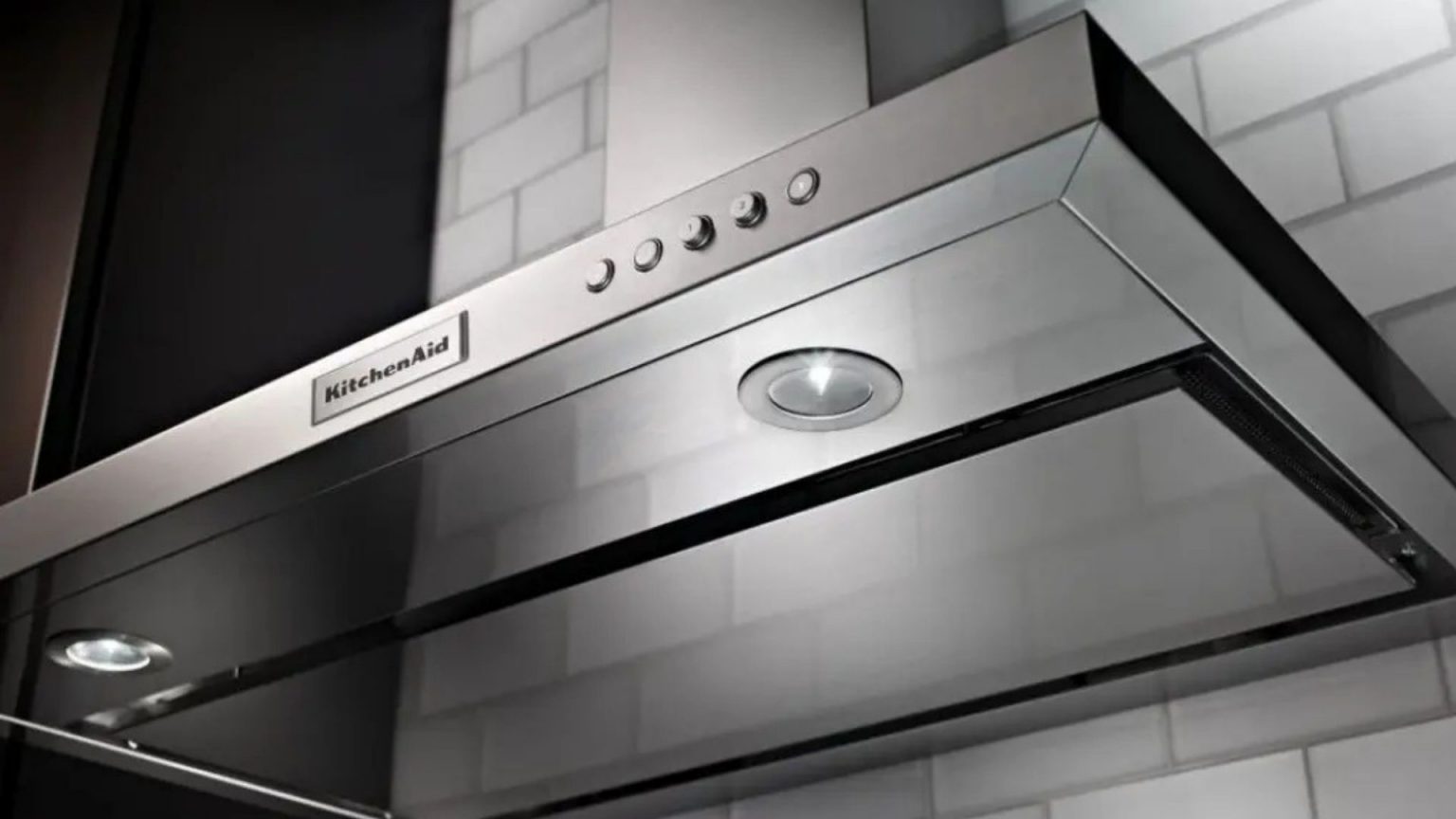When it comes to designing a commercial kitchen, one of the most important factors to consider is ventilation. Proper ventilation is essential for a safe and functional kitchen, as it helps to remove heat, grease, and odors from the cooking area. But with so many options and considerations, how do you choose the right ventilation system for your restaurant kitchen? Here are some key things to keep in mind.Restaurant Kitchen Ventilation Design: How to Choose the Right System
The first step in designing a ventilation system for your restaurant kitchen is to assess the size and layout of your space. This will help determine the type and size of equipment needed, as well as the placement of exhaust hoods and ductwork. It's important to work with a professional who has experience in commercial kitchen design to ensure that your ventilation system meets all necessary codes and standards.Designing a Commercial Kitchen Ventilation System
There are a few best practices to keep in mind when designing a ventilation system for your restaurant kitchen. First, the exhaust hood should be located directly above the cooking equipment to effectively capture and remove heat and grease. The hood should also be sized to cover the entire cooking surface and extend at least six inches past the edges of the equipment. In addition to the exhaust hood, make sure to include enough supply air vents to maintain proper air pressure and circulation in the kitchen. This will help prevent negative air pressure, which can cause issues with the efficiency of the exhaust system. It's also important to have enough make-up air to replace the air being removed by the exhaust system.Best Practices for Restaurant Kitchen Ventilation Design
Proper ventilation design is crucial for a restaurant kitchen for several reasons. First, it helps to maintain a comfortable and safe working environment for kitchen staff. It also helps to remove excess heat and moisture, which can be a breeding ground for bacteria and mold. In addition, proper ventilation can prevent the buildup of grease and other airborne contaminants, reducing the risk of fires and promoting a healthier kitchen.Understanding the Importance of Proper Kitchen Ventilation Design
When choosing a ventilation system for your restaurant kitchen, there are a few key considerations to keep in mind. These include the type of cooking equipment being used, the size and layout of the kitchen, and any specific codes or standards that must be met. It's also important to consider the volume of cooking and the type of dishes being prepared, as this will impact the amount of heat and grease being produced.Key Considerations for Restaurant Kitchen Ventilation Design
An efficient and effective ventilation system is essential for a restaurant kitchen. Not only does it help to maintain a safe and comfortable working environment, but it also plays a crucial role in the overall efficiency of the kitchen. By properly capturing and removing heat, grease, and odors, a well-designed ventilation system can help reduce energy costs and increase the lifespan of kitchen equipment. To achieve maximum efficiency, it's important to use high-quality exhaust hoods and fans that are properly sized for the kitchen. It's also recommended to install variable speed controls to adjust the fan speed as needed, depending on the volume of cooking. This can help reduce energy usage and minimize noise levels in the kitchen.Designing an Efficient and Effective Restaurant Kitchen Ventilation System
One of the main purposes of a ventilation system is to remove hot, greasy air from the kitchen. To ensure maximum airflow, it's important to properly size and position the exhaust hood. The hood should be wide enough to cover the entire cooking surface and extend past the equipment, with the bottom of the hood no higher than six feet above the cooking surface. In addition, make sure there are no obstructions that could impede airflow, such as equipment or shelving. It's also important to keep the ductwork clean and free of buildup, as this can restrict airflow and decrease the efficiency of the system.Maximizing Airflow in Restaurant Kitchen Ventilation Design
Exhaust hoods are a crucial component of any restaurant kitchen ventilation system. They help to capture and remove heat, grease, and odors from the cooking area, and are available in a variety of sizes and styles to accommodate different kitchen layouts and cooking equipment. It's important to choose the right type of exhaust hood for your kitchen to ensure optimal performance and compliance with codes and standards.The Role of Exhaust Hoods in Restaurant Kitchen Ventilation Design
As technology continues to advance, there are new innovative solutions available for restaurant kitchen ventilation design. For example, some exhaust hoods now come equipped with sensors that can detect heat and adjust the fan speed accordingly. This can help save energy and reduce noise levels in the kitchen. There are also options for remote monitoring and control of the ventilation system, allowing for easier maintenance and troubleshooting.Innovative Solutions for Restaurant Kitchen Ventilation Design
When designing a ventilation system for your restaurant kitchen, it's important to ensure compliance with all relevant codes and standards. This not only ensures the safety and functionality of your kitchen, but it also helps to avoid any potential fines or shutdowns due to non-compliance. Working with a professional who is knowledgeable in commercial kitchen design can help ensure that your ventilation system meets all necessary requirements. In conclusion, proper restaurant kitchen ventilation design is crucial for the safety, efficiency, and overall success of your kitchen. By taking into consideration key factors such as equipment, layout, and codes and standards, and using innovative solutions, you can create an effective and efficient ventilation system that will benefit your kitchen for years to come.Ensuring Compliance with Codes and Standards in Restaurant Kitchen Ventilation Design
Importance of Proper Restaurant Kitchen Ventilation Design

Ensuring Clean and Safe Air Quality for Staff and Customers
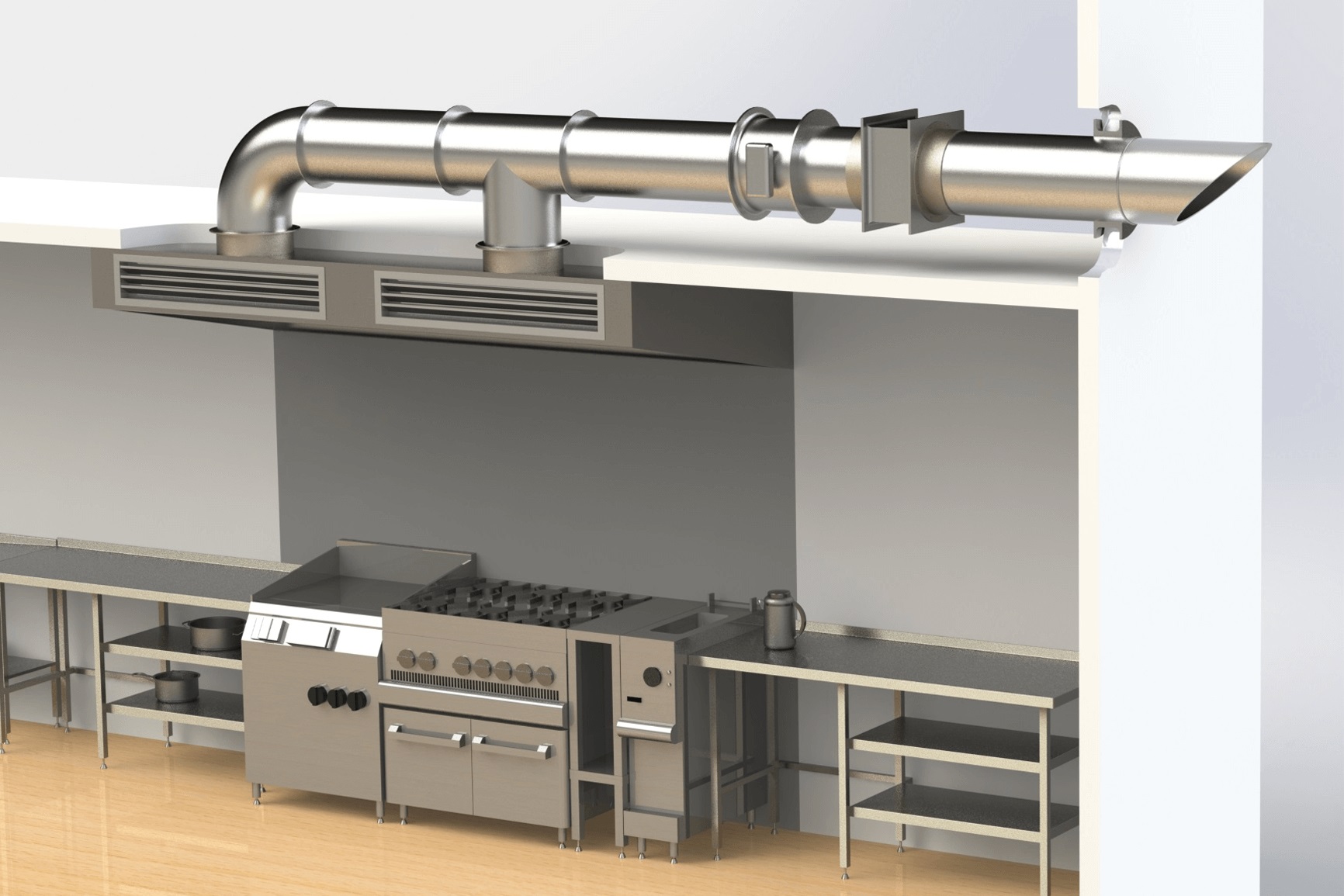 Proper ventilation is crucial in any restaurant kitchen for a variety of reasons. One of the main reasons is to ensure clean and safe air quality for both the staff working in the kitchen and the customers dining in the restaurant. With the constant use of cooking equipment, there is a high risk of smoke, grease, and other pollutants building up in the air. This not only creates an unpleasant and uncomfortable environment, but it can also be hazardous to health if not properly ventilated.
Kitchen ventilation systems
are designed to remove these pollutants and maintain a healthy air quality in the kitchen. Without it, the air can become stale and stagnant, leading to an increased risk of respiratory problems for staff and customers. This can also affect the overall dining experience and reputation of the restaurant. Therefore, investing in a proper ventilation system is necessary for the well-being of everyone in the restaurant.
Proper ventilation is crucial in any restaurant kitchen for a variety of reasons. One of the main reasons is to ensure clean and safe air quality for both the staff working in the kitchen and the customers dining in the restaurant. With the constant use of cooking equipment, there is a high risk of smoke, grease, and other pollutants building up in the air. This not only creates an unpleasant and uncomfortable environment, but it can also be hazardous to health if not properly ventilated.
Kitchen ventilation systems
are designed to remove these pollutants and maintain a healthy air quality in the kitchen. Without it, the air can become stale and stagnant, leading to an increased risk of respiratory problems for staff and customers. This can also affect the overall dining experience and reputation of the restaurant. Therefore, investing in a proper ventilation system is necessary for the well-being of everyone in the restaurant.
Preventing Fire Hazards
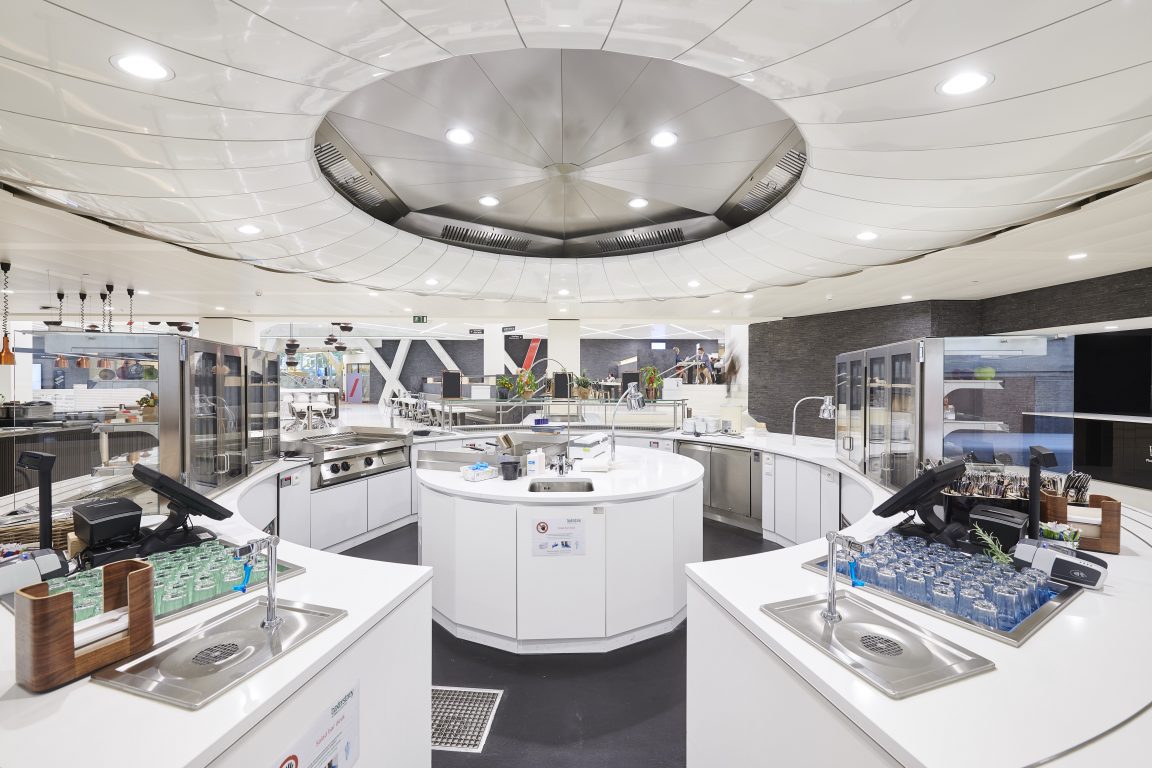 Another crucial reason for proper restaurant kitchen ventilation design is to prevent fire hazards. With the constant use of high-temperature cooking equipment, there is always a risk of grease buildup and potential fires. A well-designed ventilation system can remove the grease and smoke from the air, reducing the risk of fire hazards and ensuring the safety of everyone in the kitchen.
Kitchen exhaust hoods
are an essential component of a ventilation system, as they capture and remove grease, heat, and smoke from the air. They also help to control the temperature in the kitchen, making it a more comfortable working environment for staff. By having a properly designed and maintained ventilation system, restaurant owners can avoid costly damages from potential fires and ensure the safety of their staff and customers.
Another crucial reason for proper restaurant kitchen ventilation design is to prevent fire hazards. With the constant use of high-temperature cooking equipment, there is always a risk of grease buildup and potential fires. A well-designed ventilation system can remove the grease and smoke from the air, reducing the risk of fire hazards and ensuring the safety of everyone in the kitchen.
Kitchen exhaust hoods
are an essential component of a ventilation system, as they capture and remove grease, heat, and smoke from the air. They also help to control the temperature in the kitchen, making it a more comfortable working environment for staff. By having a properly designed and maintained ventilation system, restaurant owners can avoid costly damages from potential fires and ensure the safety of their staff and customers.
Complying with Health and Safety Regulations
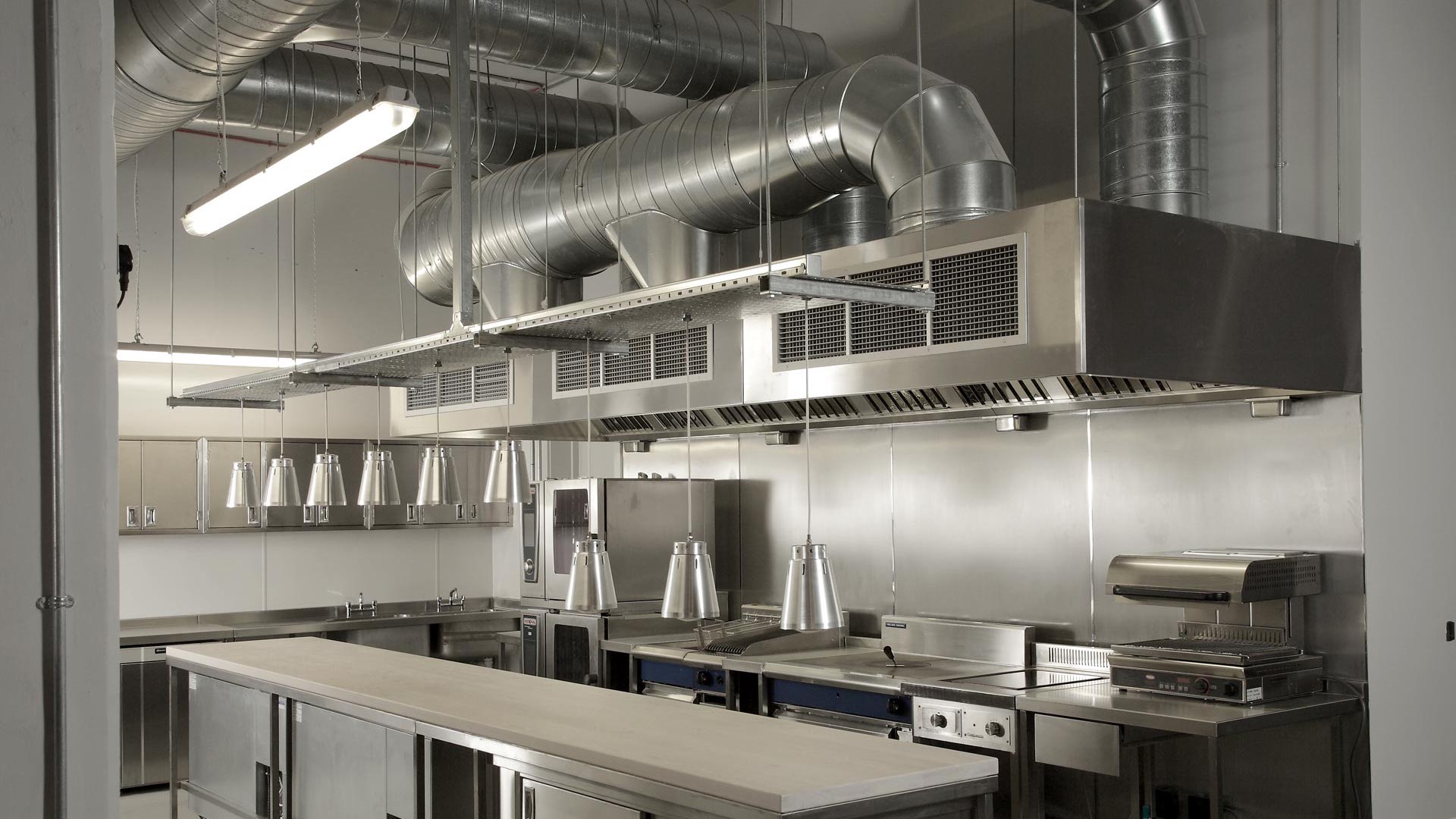 In addition to providing a safe and healthy environment, proper restaurant kitchen ventilation design is also necessary to comply with health and safety regulations. Health departments have strict guidelines for the ventilation systems in commercial kitchens, and failure to comply can result in fines or even closure of the restaurant. This is because a poorly designed ventilation system can lead to the growth of bacteria and other contaminants, posing a health risk to both staff and customers.
In conclusion, proper restaurant kitchen ventilation design is essential for maintaining a safe, healthy, and compliant environment in any restaurant. From ensuring clean air quality to preventing fire hazards and complying with health and safety regulations, a well-designed ventilation system is crucial for the success of a restaurant. By investing in a professional design and regular maintenance, restaurant owners can provide a comfortable and safe environment for everyone involved, resulting in a positive dining experience and a good reputation for the establishment.
In addition to providing a safe and healthy environment, proper restaurant kitchen ventilation design is also necessary to comply with health and safety regulations. Health departments have strict guidelines for the ventilation systems in commercial kitchens, and failure to comply can result in fines or even closure of the restaurant. This is because a poorly designed ventilation system can lead to the growth of bacteria and other contaminants, posing a health risk to both staff and customers.
In conclusion, proper restaurant kitchen ventilation design is essential for maintaining a safe, healthy, and compliant environment in any restaurant. From ensuring clean air quality to preventing fire hazards and complying with health and safety regulations, a well-designed ventilation system is crucial for the success of a restaurant. By investing in a professional design and regular maintenance, restaurant owners can provide a comfortable and safe environment for everyone involved, resulting in a positive dining experience and a good reputation for the establishment.
